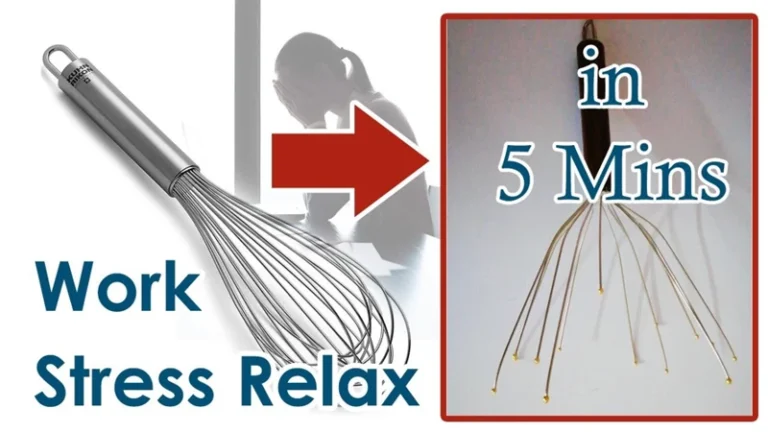Are you looking for an easy and inexpensive way to relax and de-stress? If so, this DIY Guide on How to Make Your Own Massager is the perfect resource for you! Creating your own massager is a great way to soothe your muscles while also saving money. In this guide, you’ll find all the information you need to construct your own massager, from the materials you’ll need to the step-by-step instructions. Soon, you’ll be able to enjoy the soothing relief of your very own homemade massager!
Contents
Materials Needed
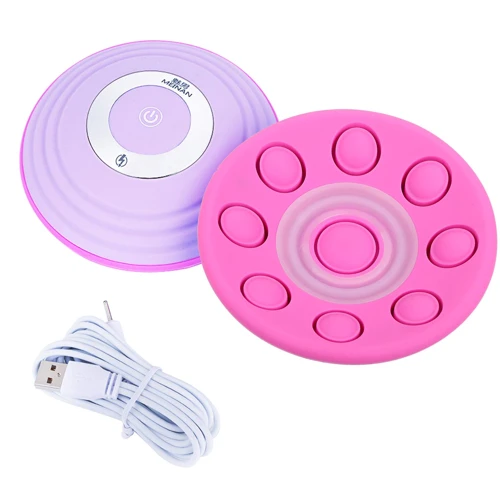
- Screwdriver: To assemble the massager.
- Wooden Dowels: To form the frame of the massager.
- Electric Motor: To power the massager.
- Roller: To provide a massage-like experience.
- Fabric: To cover the frame of the massager.
- Screws: To fasten the frame together.
- Wire: To connect the electric motor to the roller.
These are the necessary materials to make your own massager for soothing relief. With the right tools and a little bit of know-how, you’ll be able to make a homemade massager that will provide the same level of relaxation as professional massagers.
Step-by-Step Instructions
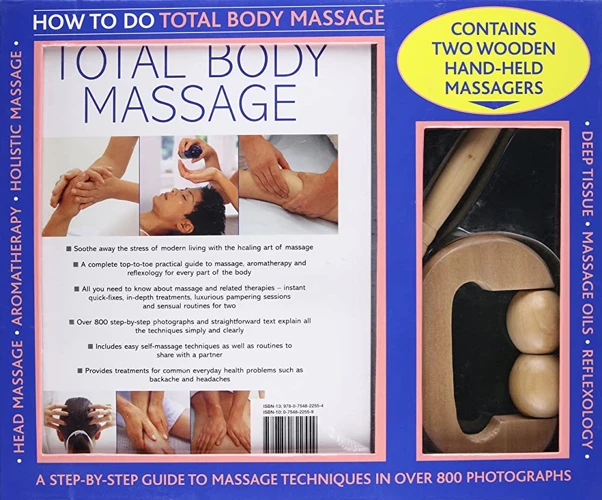
Prepping the Materials
Gather your supplies: You will need two wooden dowels, a medium-size rubber ball, two 4-by-4 inch pieces of plywood, two rubber bands, two small screws, and a drill.
Constructing the Massager
Drill: Measure a half inch from the end of each dowel and make a mark. Using the drill, make a hole at each mark.
Attach the dowels: Place the two 4-by-4 inch pieces of plywood on a flat surface. Place the dowels at a 90-degree angle on the plywood and attach them using the screws.
Secure the ball: Place the rubber ball in the center of the dowels and secure it in place using the rubber bands.
Finishing Touches
Test: Gently test the massager by pressing down on the ball and checking that the dowels move freely.
Enjoy: You are now ready to enjoy your DIY massager.
Benefits of a Homemade Massager
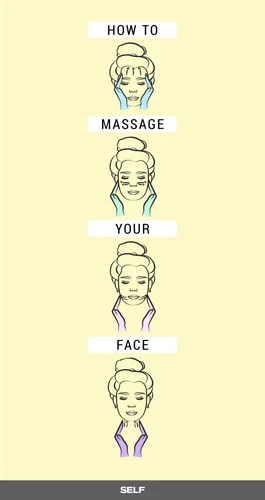
- Cost-Effective: Making your own massager is much cheaper than buying one from the store.
- Customizable: You can customize the design of your massager to suit your individual needs and preferences.
- Easy To Use: You don’t need to be an expert in massage technique to use a homemade massager.
- Portable: Homemade massagers can be taken anywhere and used whenever you need relief from muscle tension.
- Healthy: Massage increases circulation, which can help to reduce pain and speed up the healing process.
Tips for Using Your Massager
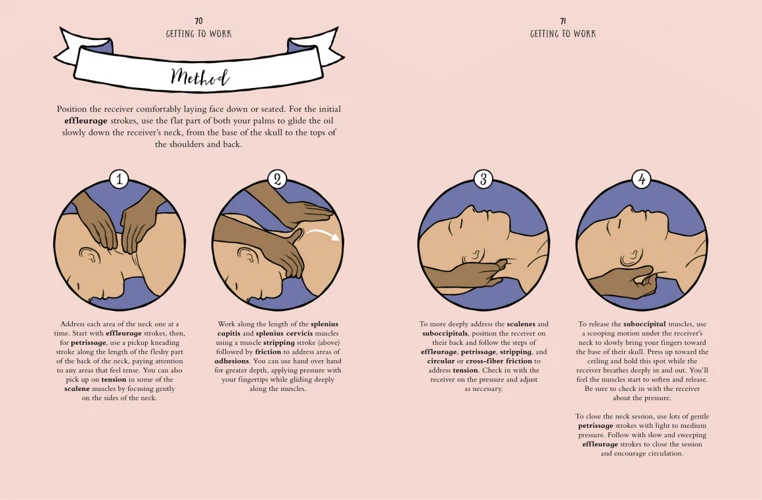
| Tip | Description |
|---|---|
| Start Slowly | Begin with light pressure and slower movements before increasing intensity. |
| Use Oil or Lotion | Using a lubricant helps reduce friction and increases comfort. |
| Focus on Problem Areas | Target the areas where you feel the most tension and discomfort. |
| Relax Your Muscles | Take deep breaths and focus on relaxing your muscles before and during use. |
| Take Breaks | Don’t overdo it. Take regular breaks to let your body rest and recuperate. |
Disclaimer
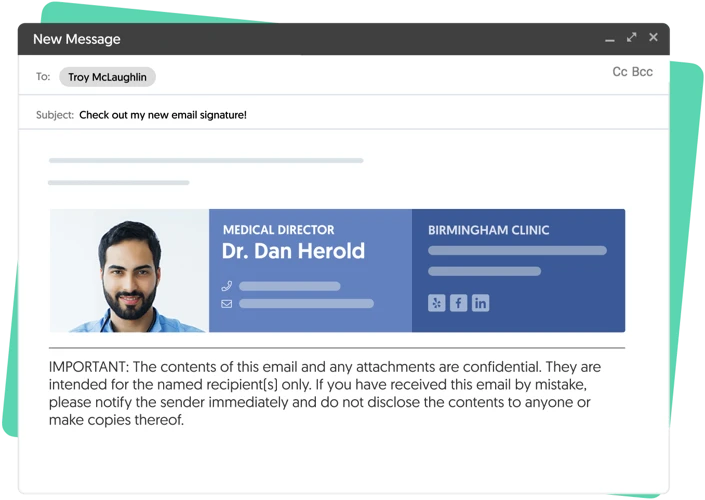
This DIY guide is only intended to provide information and should not be considered professional medical advice. It is the reader’s responsibility to determine the safety, effectiveness and appropriateness of any of the instructions provided. Consult with your doctor before attempting to make your own massager.
Alternatives to Making a Massager
If you don’t want to make your own massager, there are several ready-made options available on the market. These include handheld massagers, foam rollers, and massage chairs. Handheld massagers are easy to use and come in a variety of shapes and sizes. They can target particular areas of your body and can be used for both deep tissue and light massage. Foam rollers are a great option for self-massage, as they can be used to roll out knots and tension. Massage chairs provide a full body massage and can be used to target specific areas of your body. They can also be used to improve posture and flexibility.
Frequently Asked Questions
What Materials Do I Need for Making a Massager?
You will need a drill, drill bit, screws and washers, a pipe and elbow fittings, a wooden base, a rubber stopper, and a foam block. Additionally, you may need a saw, screwdriver, and hot glue gun. Once you have all these materials, you are ready to begin making your own massager.
How long will it take to make a massager?
Overall: Depending on the complexity of the design, it can take anywhere from 1 hour to several days to make a massager.
Step-by-Step:
- Drawing up the design: 15 minutes to several hours
- Gathering materials: 15 minutes to several hours
- Assembly: 1 hour to several days
- Testing: 15 minutes to several hours
The time you spend on each step depends on the complexity of your design and the materials you have available. If you have all the materials ready, you can complete the project in as little as an hour. If you are designing a more complex massager or need to gather materials, it could take several days.
What are the Benefits of Making a Massager?
- Cost-Effective: Making your own massager is significantly cheaper than buying a professional-grade device.
- Customizable: You can make a massager that is tailored to your specific needs.
- Portable: Your homemade massager can be easily brought with you wherever you go.
- Safe: You have full control over the components used in your device, ensuring its safety.
- Fun: Making your own massager is a fun and creative activity.
What Precautions Should I Take While Making a Massager?
- Check the Local Safety Requirements: Before starting the process, check with your local safety requirements for making a massager. If it requires any certification or licensing, make sure that you have the necessary documents and validations.
- Choose the Right Materials: Be sure to choose the right materials for making the massager. The materials should be non-toxic and should be able to withstand the pressure applied to it. Avoid using any materials that can cause any harm.
- Do Not Overheat the Massager: Overheating can cause serious harm to the user. Make sure that the massager is not overheated while using it. If it overheats, turn it off and let it cool down before using it again.
- Test the Massager Before Use: Before using the massager, test it to ensure that it is working properly and is safe to use. Make sure to check the power cord and other components to make sure that they are working correctly.
- Read the Instructions Carefully: Read the instructions carefully before using the massager. Make sure to follow the instructions to avoid any accidents or injuries.
What type of relief can I expect from a massager?
Physical relief:
- Reduces muscle tension, stiffness and pain.
- Helps improve circulation.
- Improves flexibility and mobility.
- Helps relieve stress and tension.
Mental relief:
- Reduces anxiety and stress.
- Increases relaxation and calmness.
- Improves sleep quality.
- Reduces fatigue and improves energy levels.
Conclusion
Creating your own massager is a great way to save money and get the relief you need. With the right materials and a bit of effort, you can make your own massager to target specific areas of your body and provide soothing relief. With the help of this guide, you now have all the information you need to create your own unique massage device.

